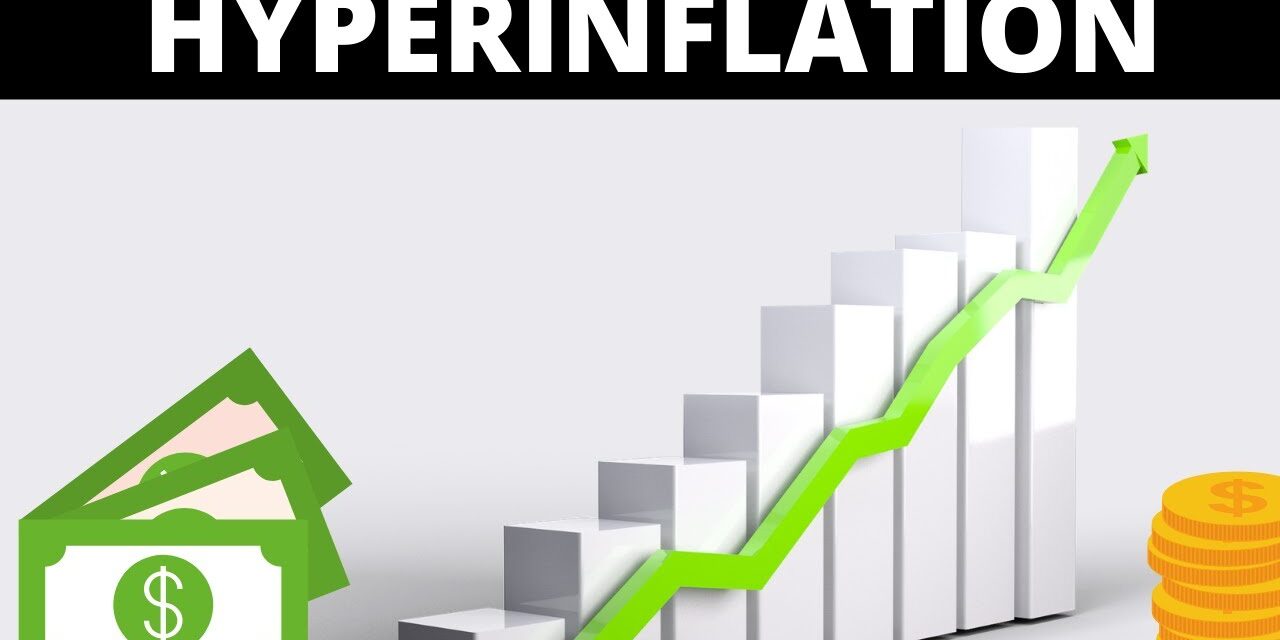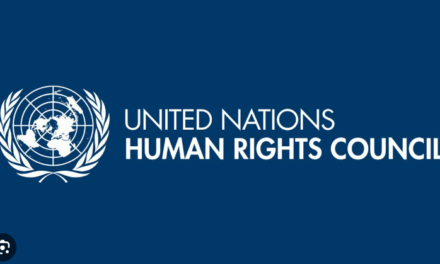By Dr Abush Ayalew (MD/MBA)
In the heart of East Africa, Ethiopia finds itself at a crucial crossroads. A nation known for its rich history and diverse culture, it has long sought to emerge as an economic powerhouse on the continent. With measures of economic success, improving living standards, and relatively stable internal politics, Ethiopia’s path appeared promising. However, the nation now grapples with a crisis of inflation that threatens to shatter the dreams of prosperity envisioned by its citizens especially since the emergence of the new government led by Prime Minister Dr Abiy Ahmed.
As a scholar deeply invested in the welfare of my country, I feel compelled to dissect the current state of Ethiopia’s economy, exploring its roots, repercussions, and potential solutions.
The Quest for Economic Success
Ethiopia’s aspirations of economic growth have often been measured by key indicators, including GDP per capita, acceptable levels of inflation, and low unemployment rates. These metrics are the bedrock of any thriving economy, offering insight into the well-being of its people.
A single-digit inflation rate had long been considered acceptable for Ethiopia. It served as a sign of economic stability, preventing the erosion of citizens’ purchasing power. Unfortunately, the recent inflation figures are far from acceptable. Headline inflation has surged to a staggering 31.5%, one of the highest in the world. This alarming rate is a time bomb ticking away, threatening to lead to public unrest, as history has shown us in various parts of the world.
The “Medemer” Philosophy and Economic Strategy
Prime Minister Abiy Ahmed’s “Medemer” philosophy, rooted in unity, synergy, and a philosophy of continuous improvement appeared to hold promise as a guiding principle for the nation. However, it lacked the concrete economic strategy necessary to transform Ethiopia’s economy into a higher stage of development. While unity and harmony are noble ideals, they need to be accompanied by a robust economic blueprint.
The government’s home-grown economic strategy remained unclear in its definition and, more importantly, impractical in its application. This ambiguity has sowed confusion and unease among citizens and investors alike. There is a pressing need for a clear and practical economic roadmap that can guide Ethiopia’s progress.
Neglecting the Impact of Inflation
One cannot help but question whether the government truly understands the profound impact of inflation or whether it intentionally neglects its consequences on the people. Inflation, when left unchecked, becomes a silent war waged against the very citizens it is meant to serve. The current situation in Ethiopia paints a grim picture, as soaring prices for basic goods and services burden the average Ethiopian.
Causes of the Inflation Crisis
To address this crisis, we must first identify its root causes. Several factors have contributed to Ethiopia’s staggering inflation rate:
- Rising Fuel Prices: The global increase in fuel prices coupled with the gradual reduction of fuel subsidy by the government had a cascading effect on the cost of transportation and production within Ethiopia.
- Civil War and Supply Chain Disruptions: The persistent civil war in Ethiopia, particularly in regions like Wolega, Amhara and Tigray, has led to severe disruptions in supply chains. This instability has further driven up prices.
- Declining Agricultural Productivity: Ethiopia’s agriculture sector, a critical component of its economy, has faced challenges in recent years. Declining productivity in this sector has led to reduced food supply and inflationary pressure.
A Nation Disrupted by Conflict: Perhaps one of the most pressing issues contributing to the inflation crisis is the ongoing civil war, which has disrupted nearly 50% of the country’s population. Regions like Wolega, Tigray, and Amhara have been deeply affected, not only in terms of lives lost and infrastructure destruction but also in terms of economic productivity. A nation torn by internal strife finds it challenging to focus on economic stability and development. Since the last five years, the government has been busy on conflict lacking a clear focus on the economy.
Misallocated Fiscal Expenditures
Another concern arises from fiscal expenditures that lack economic value, especially in the context of current security issues. Investments in tourism parks, while potentially beneficial in more stable times, currently appear inflationary without delivering commensurate economic returns. A more prudent approach to fiscal management is required to steer the nation back towards economic stability.
The Absence of Economic Compass and Strategy
Ethiopia’s economy lacks a clear compass and strategy to enhance its global competitiveness and national productivity. Without these vital components, the nation struggles to navigate the complex waters of the global economy. This absence leaves Ethiopia vulnerable to external shocks and internal instability.
Central Bank’s Struggles and Declining Investment
The central bank’s apparent incapacity to manage the velocity of money within the economy exacerbates the inflation crisis. As money circulates unchecked, it erodes the value of the currency, making basic goods and services less affordable for citizens. Additionally, the insecurity issues stemming from the ongoing conflict have deterred both local and global investors, leading to dwindling production and supply-side inflation.
Global Factors Escalating Ethiopia’s Inflation Crisis
While domestic factors play a significant role in Ethiopia’s inflation crisis, we cannot overlook the impact of global influences. The interconnectedness of today’s world means that events happening far beyond Ethiopia’s borders can reverberate and escalate inflationary pressures within the country.
Global Inflation’s Ripple Effect
The global landscape, particularly after the COVID-19 pandemic, has witnessed a surge in inflation levels in many countries, including the USA, Europe, Britain, Canada, and Australia. This surge is historic in nature, posing challenges for economies worldwide. The repercussions of this global inflationary trend have reached Ethiopia’s shores, amplifying the domestic crisis.
Ukraine-Russia Conflict and Commodity Prices
The ongoing conflict between Ukraine and Russia has played a pivotal role in exacerbating Ethiopia’s inflation crisis. Ukraine and Russia are major exporters of agricultural and mineral products, including wheat, crude oil, edible oil, and fertilizers. The disruption in this supply chain due to the conflict has led to soaring prices for these essential commodities on the global market. As Ethiopia relies heavily on these commodity imports, the rising prices have directly contributed to inflationary pressures domestically.
Dollar Appreciation and Rising Interest Rates
Another factor adding fuel to the fire is the appreciation of the U.S. dollar against the Ethiopian Birr. This currency depreciation can be attributed in part to the Federal Reserve of the United States raising interest rates. As a global reserve currency, a stronger dollar makes imports more expensive, driving up prices for goods brought into Ethiopia. This dynamic not only impacts the cost of living but also poses challenges for local businesses reliant on imported materials.
Connecting the Global Dots
In the grand scheme of things, Ethiopia’s inflation crisis cannot be isolated from these global developments. The intertwined nature of the world economy means that events in other regions have a direct bearing on Ethiopia’s economic stability.
A Path Forward: Finding a Balanced Solution
Addressing Ethiopia’s inflation crisis requires a multifaceted approach that takes into account both domestic and global factors.
While the challenges are daunting, Ethiopia can still chart a path towards economic stability and prosperity. Here are some solutions to consider:
- Clear Economic Strategy: Develop and communicate a clear and practical economic strategy that outlines specific steps to tackle inflation, stimulate production, and attract investment.
- Address Supply Chain Disruptions: Prioritize efforts to restore stability in conflict-affected regions, as this will help alleviate supply chain disruptions and reduce inflationary pressures.
- Agricultural Revitalization: Invest in modernizing and increasing the productivity of the agricultural sector, which remains a cornerstone of the Ethiopian economy.
- 4. Fiscal Responsibility: Reallocate fiscal expenditures towards initiatives that will have a more immediate and positive impact on the economy, considering the current security situation.
- Enhanced Central Bank Capacity: Strengthen the central bank’s ability to manage the money supply effectively and combat inflation.
- Diversify Sources of Imports: Reduce dependence on imports, by exploring alternative sources and encouraging domestic production. Focus on long-term economic strategies that enhance productivity, diversify the economy, and reduce reliance on imports.
- Enhance Exchange Rate Management: Develop strategies to mitigate the impact of currency depreciation, such as establishing currency reserves or exploring currency agreements with trading partners.
- Monitor Global Trends: Stay vigilant about global economic developments and adapt domestic policies accordingly to mitigate external shocks.
- Strengthen Diplomatic Ties: Engage diplomatically to contribute to peace and stability as well as work closely on trade issues in regions affecting commodity prices, such as the Ukraine-Russia conflict.
- Bringing lasting solutions to domestic conflict: Last but surely not the least will be to pursue a peaceful resolution to the ongoing civil conflict, allowing for the return of stability, productivity, and economic growth.
In conclusion, Ethiopia’s inflation crisis is a complex challenge with domestic and global dimensions. To overcome this crisis and pave the way for economic stability and prosperity, the Ethiopian government needs to adopt a holistic approach that addresses both local and international factors. By doing so, Ethiopia can navigate these turbulent waters and continue its journey towards a brighter economic future for its citizens. Ethiopia’s current inflation crisis is a critical test of its leadership and the resilience of its people. With the right measures and a unified commitment to change, Ethiopia can overcome these challenges and continue its journey toward a brighter economic future.








